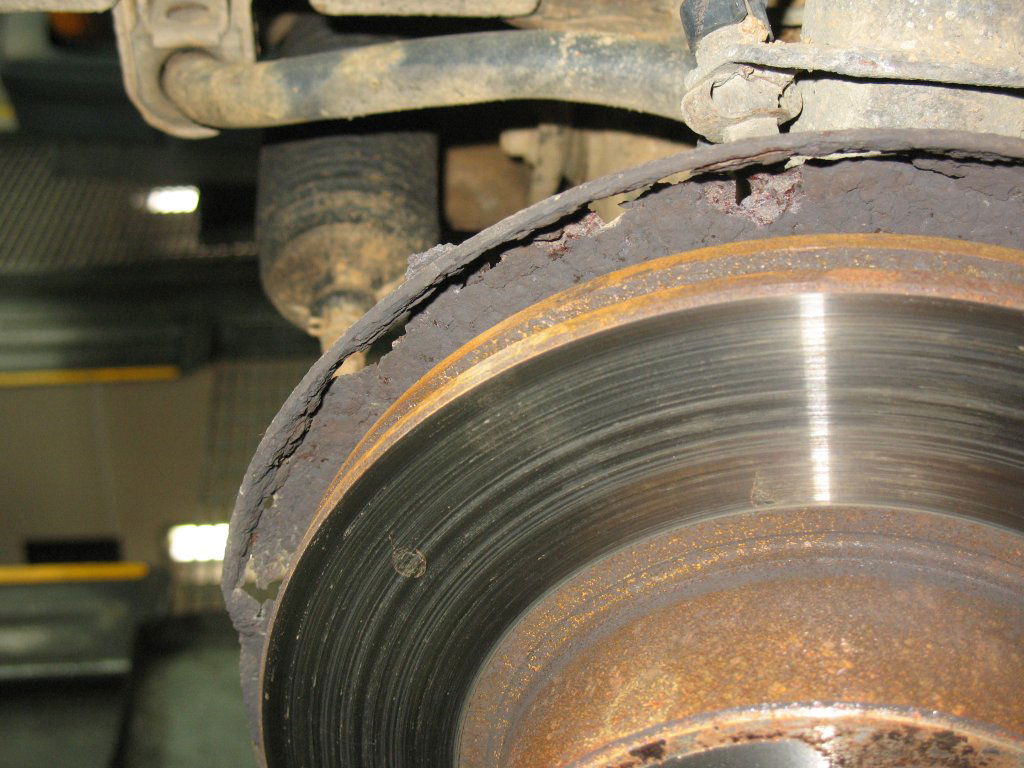What Is A Backing Plate? The Unsung Hero Of Drum Braking Systems Explained

If you get down to the ground and have a nosy through the wheel spokes of a vehicle equipped with drum brakes, you may be able to spot the edge of a plate nestled behind the brake drum itself. This is a backing plate – something you’ve likely never given much thought to, but it’s the unsung hero of a braking system.
In short, a backing plate is a pressed plate steel on which the wheel cylinder and brakes shoes are mounted to. When the brakes are applied, they’ll then provide force onto the rotating drum and slow the car down.

Specific indentations are pressed into the metal sheeting to provide housings for the respective brake components to sit in, creating the basis for the drum to be connected. The backing plate itself is mounted to the suspension setup, providing stationary support in relation to the rotating drum.
Dust covers or splash guards on disc brake systems can also be referred to as ‘backing plates’. These components provide a shield from brake dust and water, reducing the corrosion of suspension parts. They can also act as a heat shield for fragile non-metal parts like ball joints which can otherwise be damaged by heat from braking friction. In order to stay out of the way of the brake calliper, dust covers are normally shaped like a comma rather than the fully circular plate found on a drum brake system.

The placement of backing plates means that they can quickly succumb to erosion as water, salt and grit are splashed up into them, nibbling at their steel construction. This is obviously troublesome but, because of their relatively simple construction, backing plates don’t tend to be massively expensive to replace. For example, if you’ve got a previous-generation Toyota Yaris, they’re about £30 a piece for a new one.

Comments
Why is a stamped piece of metal so expensive? They must have a reason for it.. Or is it just the old regular. Let’s milk our customers as much as we possibly can..
And here I wanna get rid of drum brakes
It’s also the most annoying thing in the world when it starts coming loose and rattles…
I knew a few forgotten parts, but I forgot.
Did you just assume the capacity level of my memory, I though we lived in an equal society ffs smh not Inn the 1800’s
Its causing me a troubles from time to time so mine are going down soon as I had it on my previous car. So i dont seem backing plates as a heroic parts of my car….
Backing plates are also great emergency substitutes for wheels when the wheel bearings fail catastrophically.
Lol I’ve taken mine of because they rusted. Haven’t had any issues.
Pagination